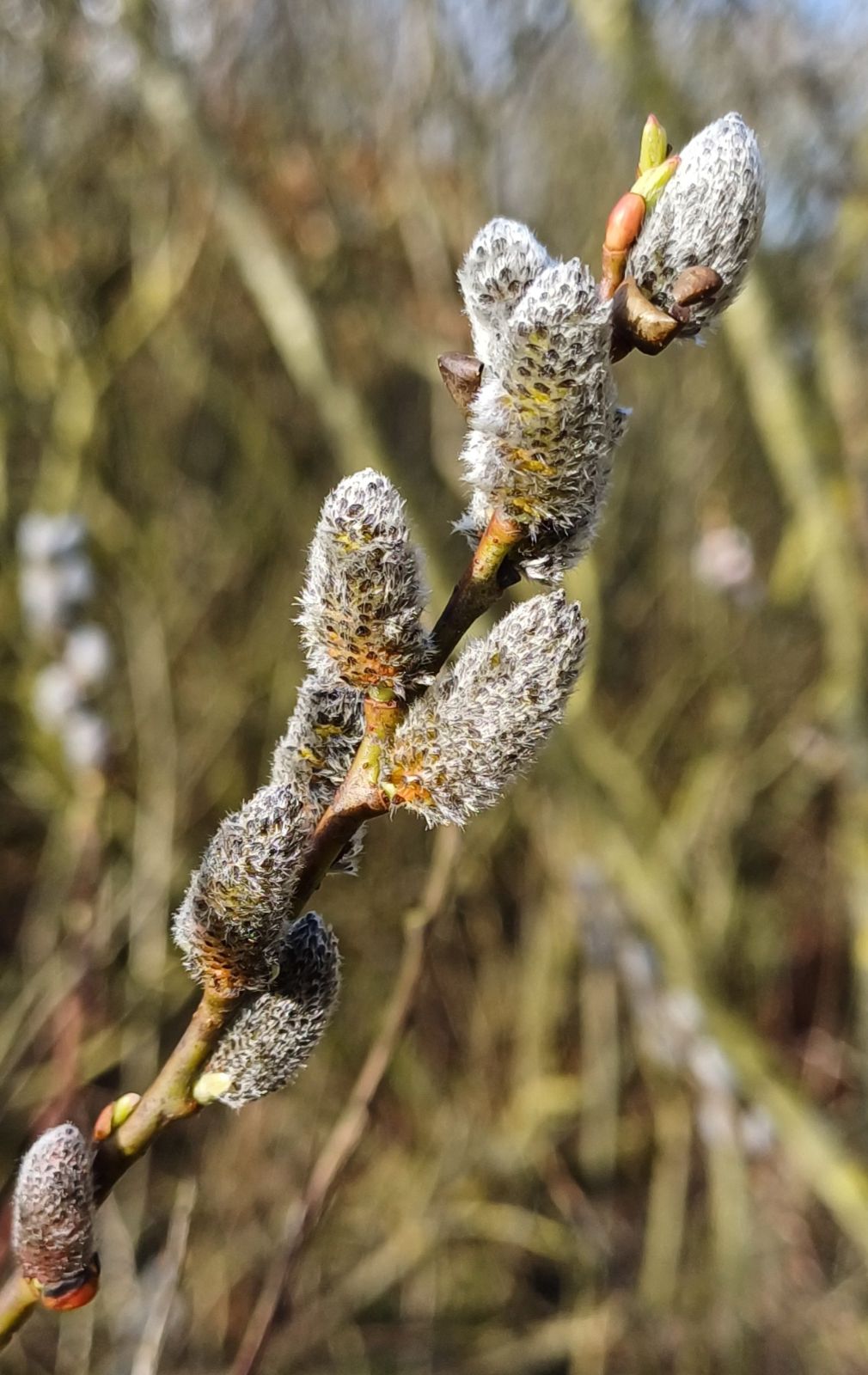Salix irrorata
Credits
Article from Bean's Trees and Shrubs Hardy in the British Isles
Recommended citation
'Salix irrorata' from the website Trees and Shrubs Online (treesandshrubsonline.
Genus
Other taxa in genus
- Salix aegyptiaca
- Salix alba
- Salix amygdaloides
- Salix arbuscula
- Salix arbutifolia
- Salix arctica
- Salix aurita
- Salix babylonica
- Salix bockii
- Salix 'Boydii'
- Salix caesia
- Salix candida
- Salix caprea
- Salix cinerea
- Salix cordata
- Salix daphnoides
- Salix discolor
- Salix elaeagnos
- Salix exigua
- Salix fargesii
- Salix fragilis
- Salix glabra
- Salix glaucosericea
- Salix gracilistyla
- Salix hastata
- Salix herbacea
- Salix hookeriana
- Salix humboldtiana
- Salix japonica
- Salix jessoensis
- Salix lanata
- Salix lapponum
- Salix lasiandra
- Salix lindleyana
- Salix lucida
- Salix magnifica
- Salix matsudana
- Salix × meyeriana
- Salix × mollissima
- Salix moupinensis
- Salix myrsinifolia
- Salix myrsinites
- Salix myrtilloides
- Salix nakamurana
- Salix nigra
- Salix nigricans
- Salix pentandra
- Salix petiolaris
- Salix phylicifolia
- Salix purpurea
- Salix pyrenaica
- Salix pyrifolia
- Salix repens
- Salix reticulata
- Salix retusa
- Salix rigida
- Salix × rubra
- Salix sachalinensis
- Salix scouleriana
- Salix × sepulcralis
- Salix × sericans
- Salix sericea
- Salix silesiaca
- Salix starkeana
- Salix × subalpina
- Salix triandra
- Salix uva-ursi
- Salix viminalis
- Salix wilhelmsiana
A shrub to about 15 ft high, rarely a small tree; young stems glabrous, purplish by winter and coated with a ‘whitish bloom; winter-buds large, roundish, glabrous. Leaves 21⁄2 to 4 in. long, oblong or narrowly lanceolate, acuminate, glabrous, bright green above, glaucous beneath, remotely toothed or entire; petiole 1⁄8 to 3⁄8 in. long. Catkins dense, almost sessile, appearing before the leaves, 1 in. or slightly more long; scales dark at the tips, obtuse, densely hairy. Stamens with glabrous filaments and reddish anthers. Ovary glabrous, very shortly stalked; style short, with stout, entire or bifid stigmas.
Native of the south-western USA (Colorado, S.E. Arizona and western New Mexico), common along mountain streams; introduced to Kew from the Arnold Arboretum in 1910 (a male clone). With its bloomy stems it is ornamental in winter, though no more so than S. daphnoides, from which it differs in its almost entire, very shortly stalked leaves and smaller catkins. Once established it should be pruned hard each spring. Award of Merit 1967. The specific epithet means ‘dewy’, in allusion to the pruinose stems.
S. lasiolepis Benth. – Closely allied to S. irrorata and described one year earlier. The main difference appears to be that the mature stems are not bloomy (except in some areas where the species overlap) and that they and the leaves are usually downy when young. Its catkins are somewhat longer.
The affinity of these two species is uncertain and controversial. At any rate, S. irrorata, despite its bloomy stems, is in no way related to S. daphnoides. Even in winter it is distinguished by its appressed, beetle-shaped buds, very different from the diverging buds of S. daphnoides and its allies.

